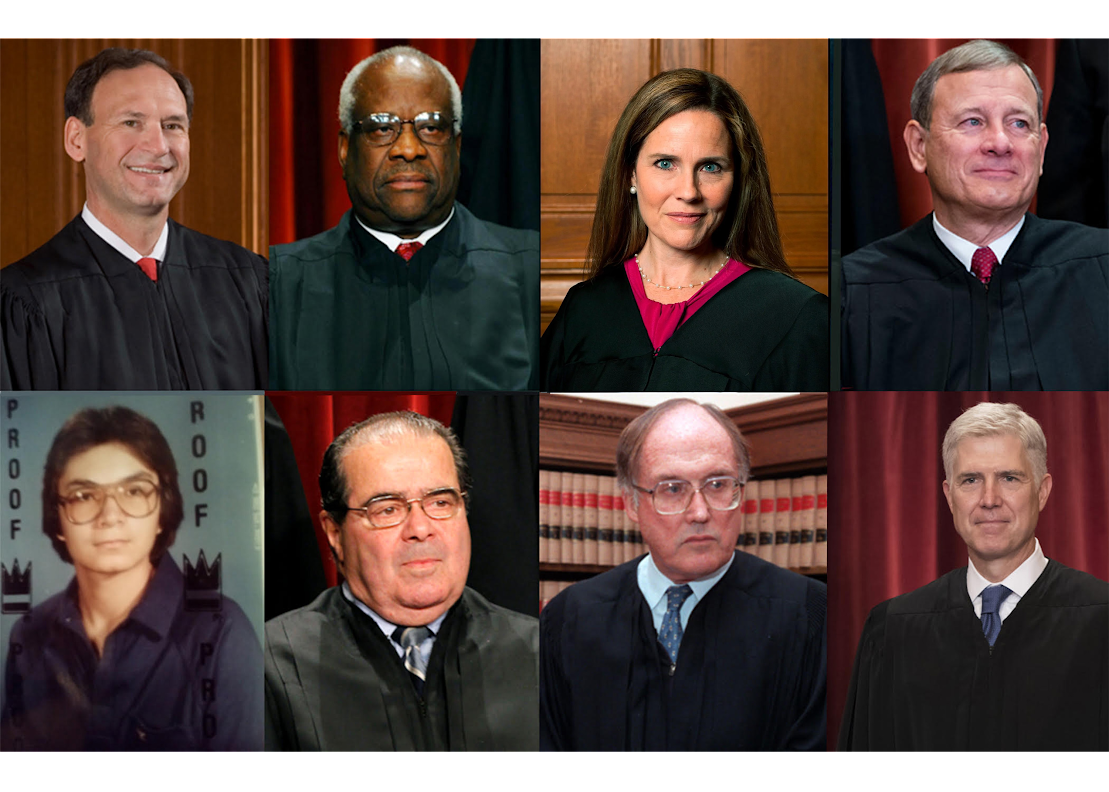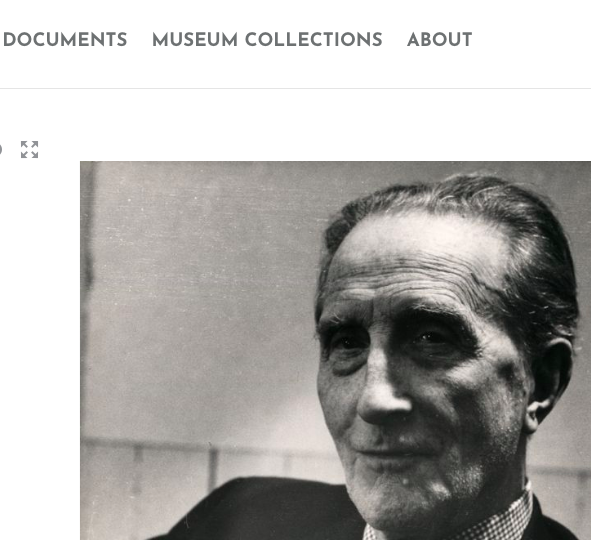Photographer John Harrington, of Black Star Rising, has a very interesting take on how photographers — and by implication, visual artists — will team up with large corporations to protect their copyrights.
The large corporations, with their deep pockets and strong desire to control intellectual property rights, will be the defenders of IP for all creators of original work in the legal battles ahead. And that means they’re on the same side as us — the independent photographers.
Harrington comes to this conclusion by taking-on the “free-culture” messiah, Lawrence Lessig.
Fortunately, Disney, Sony Music, the news wire services and others aren’t buying Lessig’s argument — and as photographers, we’re lucky to have these corporate behemoths on our side.
He concludes,
Lessig would have you believe that enforcing copyright law has become like the War on Drugs — unwinnable, and overshadowed by the collateral damage it has caused. In this case, the collateral damage is in the form of underground DJs and other criminalized remixers. I have little pity for these mashup artists, at a time when the artists of original work have such a difficult time protecting it, receiving fair compensation and feeding their families. And so I will gladly stand alongside the wire services, music and movie industries as they leverage their might to defeat those who would steal our work.
Harrington’s full entry is available here.

Porcelain, 2008. Image by John Goldsmith
That would seem more than ironic, but according to documentary photographer John Goldsmith, the answer is a clear “yes.” In fact, he adamantly claims, “[t]he Photographers’ Gallery has worked to ensure that my rights as a photographer have been violated while their own interests have benefited.”According to Goldsmith,
It was on May 13, 2008 when I first published this image to the popular photo sharing website Flickr. The photo, called “Porcelain,” quickly became one of my most viewed images: 14,737 views to date. It was a candid photograph of a stranger – a street photograph –taken through the window of a coffee house in downtown Vancouver. The casual glance is all that we know of the woman. We don’t know her name. We don’t know where she is from. We have no idea if the book she is reading is fiction or non-fiction. But, one person recognized the photograph and had the courtesy to tell me about its use. Since that time, the photograph has been transformed, with the woman and her belongings carefully spliced from my documentary photograph and put into a polished marketing campaign for an extravagant £8.7 million renovation of The Photographers’ Gallery.
Goldsmith claims to have registered his photograph with the US Copyright Office, and also admits to not having obtained a release from the woman in the picture. Goldsmith has hired an attorney to represent him in regard to this case, but it’s unclear if a copyright lawsuit has been filed. One would have to take a closer look at both Goldsmith’s image and the Photographers’ Gallery image to assess fair use or not. Although remember, here we have a (presumably) Canadian citizen and a UK arts organization, so I’m (pretty) sure US Copyright law would apply.
Additionally, both Yahoo and flickr make their community guidelines, as well as copyright and intellectual property rules quite explicit. Unless Goldsmith somehow waived all his IP rights, it’s hard to see how The Photographers’ Gallery could have believed the image was fair game.
Goldsmith tells more on his blog, John Goldsmith Photography. Check it out.
I just discovered this blog, Critical Legal Thinking (“CLT”), and my curiosity has certainly been piqued.
Over the next week there will appear on Critical Legal Thinking a series of posts on the theme “Punk, Law, Resistance”. According to CLT, “the idea for this series was inspired by some of the highly creative forms of protest that have recently taken place in the UK, such as the Book Bloc and the UK Uncut read-ins. But why Punk? Wasn’t Punk just some flash in the pan music scene from the 1970s? What relevance could it possibly have to the critique of law and politics today?” Here are some of their thoughts on the importance of punk on law.
[Deirdre] King [argues] that the “spirit of Punk” exists today in the “aesthetic-political form of protest”, particularly political art expressed through slogans on placards, posters and t-shirts. She gives the example of creative thinking by anti-war protestors in 2005: arranging public tea parties and holding up blank placards in an attempt to get around the government prohibition on demonstrations in and around Parliament Square. King notes that the blank placard was such a courageous and witty representation of political silencing that it influenced Mark Wallinger’s Tate Gallery installation “State Britain”, which, according to its website, “raises challenging questions about issues of freedom of expression and the erosion of civil liberties in Britain today”.
This is what CLT has coming up. First, the power of Punk as an ‘event’ characterized by a reversal of perspective. Then, an essay analyzing the Russian radical art group “Voina” and their encounters with the law. Finally , Punk as the transgressive politics of boredom.
You can read more on this and CLT here. Looks like worthwhile reading.
So says the LA Times:
Louis Vuitton has prevailed in a federal lawsuit by a Los Angeles man who fell out of love with artworks he bought at a controversial boutique set up at the Museum of Contemporary Art’s Geffen Contemporary during a 2007-08 retrospective on pop artist Takashi Murakami.
Donn Zaretsky has more on this story here.
March 4th, 2011 by Sergio Muñoz Sarmiento in
Education
The Business of Art: A Forecast for 2011
How are artists, galleries, and cultural institutions around the world adapting to recent trends?
In the age of skyrocketing auction prices, the explosion of global art fairs, and increased digitization from iPad masterpieces to the Google Art Project, how are artists, galleries, and cultural institutions around the world adapting to recent trends?
Gain insights on how the boundaries of law and conventions of business shape the arts in 2011. Take this opportunity to learn about licensin, digital innovation, and sponsorship in the profit and non-profit arts landscapes with a round table of Los Angeles thought-leaders. Join USC Art Law Society and Sheppard Mullin Richter and Hampton LLP, for a dynamic dialogue on the business of Art for 2011.
Panelists:
-James R. Gilson- Vice President $ General Counsel, Natural History Museum
-Addison Liu- Co-Founder, HVW* Art + Design Gallery
-Christine Steiner- Attorney at Law, Law Offices of Christine Steiner
-Jessica Kantor- Sheppard, Mullin, Richter, & Hampton LLP
MCLE:
This activity complies with standards for Minimum Continuing Legal Education prescribed by the California State Bar and is approved for 1.0 hour of MCLE credit. The University of Southern California is a State Bar of California approved MCLE provider.
Our friend and avid Clancco reader, Sara Ellis, has just published her law review note with the Tennessee Law Review (78 Tenn. L. Rev. 163), addressing fashion piracy and how law–specifically intellectual property–can be used to protect the fashion industry and young designers.
Here’s the abstract.
In recent years, there has been much debate about the need for intellectual property protection for fashion designs. Two bills introduced before the 111th Congress purported to provide a solution for this need. The Design Piracy Prohibition Act (“DPPA”), which was introduced in the House April 3, 2009, and the Innovative Design Protection and Piracy Prevention Act (“IDPPPA”), which was introduced in the Senate on August 5, 2010 would have amended Chapter 13 of the Copyright Act to provide sui generis protection for fashion designs. While some scholars worry that bills like the DPPA and the IDPPPA would stifle creativity, many designers think that such protection would afford them more freedom to create new and innovative designs. Scholarly debate aside, piracy is a $12 billion drain on the fashion industry that “steals the very essence of enterprise” by diluting branding and making it more difficult for new designers to begin their careers.
Because current intellectual property laws do not address the unique issues involved in fashion design, pirates appropriate, or even directly replicate, others’ designs even while facing a constant stream of lawsuits. For example, the company Forever 21, one of the most notorious design thieves, has been the subject of over fifty lawsuits between 2006 and 2009 alone. Unfortunately, intellectual property law’s current status makes it very difficult for designers to find relief for their pirated designs.
This Comment discusses the piracy problems plaguing the fashion industry and offers a potential solution based on combining the best aspects of the DPPA and the IDPPPA. Part II examines design piracy—both what it is and the attempts that have been made to gain protection against it—and discusses why current jurisprudence insufficiently addresses the needs of the American fashion industry. Part III.A analyzes the need to protect fashion designs and addresses opponents’ concerns. In light of those concerns, Part III.B examines how each bill addresses design piracy and suggests potential changes that would make each bill more effective at protecting fashion designs. Finally, Part IV offers parting commentary.
You can download the entire note via SSRN here.

The Ninth Circuit Court of Appeals upheld a lower court’s ruling that the family of legendary Betty Boop animator Max Fleischer doesn’t have standing to bring a trademark infringement lawsuit against several other companies that license Betty Boop merchandise. Ouch!
Via The WSJ.









